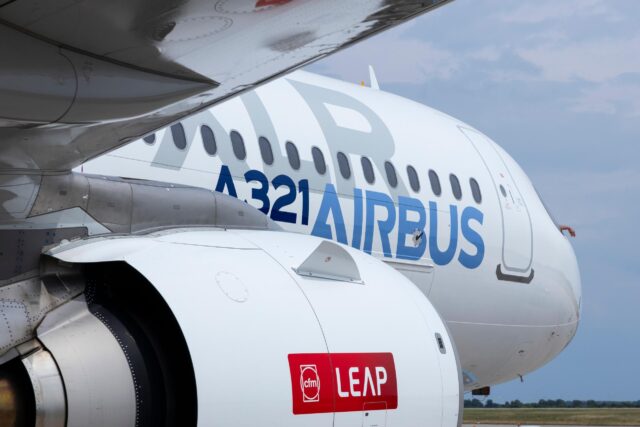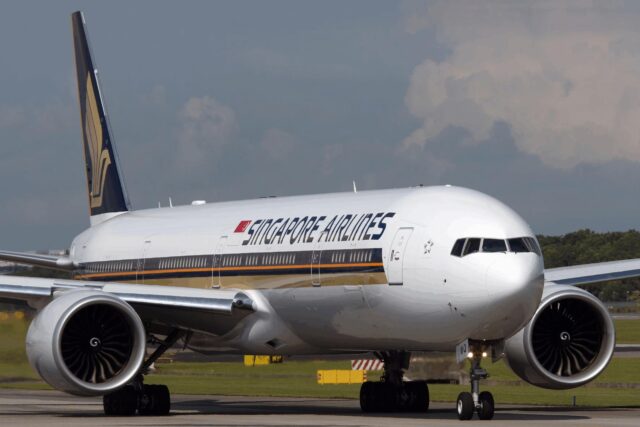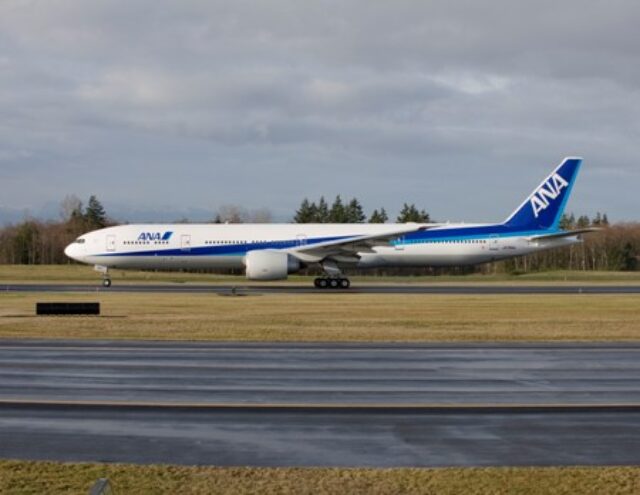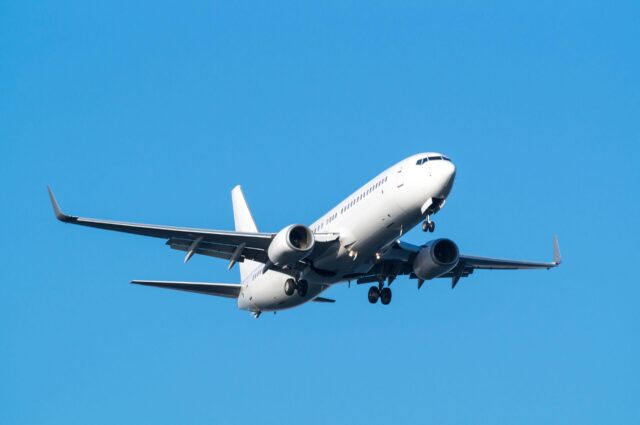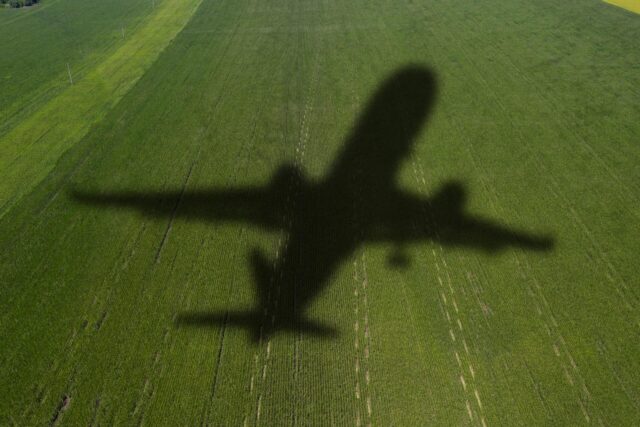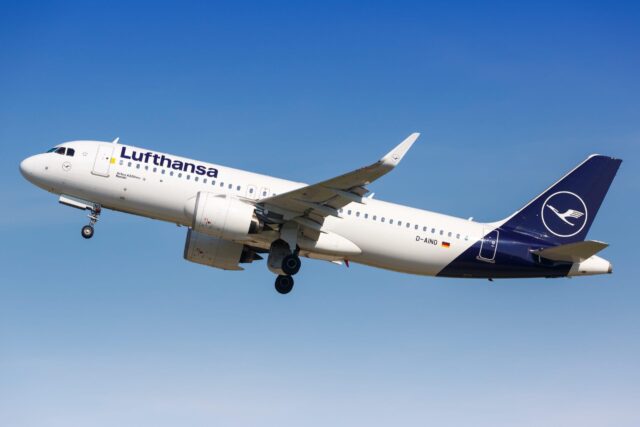Operators turn to AI for smarter airport turnarounds
Airlines and airports are increasingly looking to artificial intelligence (AI) to make turnaround operations more efficient and predictable, particularly during peak summer schedules, Keith Mwanalushi writes.
Using AI for turnaround…
June 20, 2024

Airlines and airports are increasingly looking to artificial intelligence (AI) to make turnaround operations more efficient and predictable, particularly during peak summer schedules, Keith Mwanalushi writes.
Using AI for turnaround operations is still new and the technology is gradually rolling out at various global gateways. Assaia, a Swiss-based software company has applied its ApronAI solution at several major airports, including Berlin Brandenburg, JFKIAT (the operator of Terminal 4 at John F Kennedy International),Seattle-Tacoma International and Toronto-Pearson and it has also introduced its TurnaroundControl solution for major airlines including Alaska Airlines, United Airlines and Air France.
“Our market results have been very promising,” says Christiaan Hen, the CEO at Assaia. “We started off by analysing the lack of visibility during the turnaround process.”
In September last year, Assaia announced that Berlin Brandenburg would be the first German airport to use AI-based software solutions to optimise the handling processes. According to Hen, sharing real-time information between airlines, ground handlers and airports was quite problematic for the airport and on-time performance was impacted negatively by the reduced visibility of all the moving parts.
He says the AI technology has significantly enhanced turnaround efficiency for Berlin Brandenburg by providing real-time insights and predictive analytics. He adds: “Similar positive results are being observed at other partner airports like Seattle and Toronto, where our technology is also in use.”
Elsewhere, IntellAct CEO Udi Segall says the company provides AI-powered monitoring solutions for turnarounds, and it has completed several pilot programmes generating some solid data. The results show significant demand for real-time, automated AI-based monitoring of turnaround activities, above and below the wing (i.e. on the ramp and the jet bridge).
Since turnaround activities generally take longer than planned, they contribute an average of eight to 10 minutes to departure delays, adding significant costs. Sharing information in real time among airlines, ground service providers and airport operation teams can help mitigate these departure delays.
The technology at IntellAct uses video processing and machine learning-based algorithms to monitor video streams from CCTV cameras at the ramp and jet bridge to identify hundreds of discrete turnaround events – from aircraft refuelling to restocking the aircraft – including the timing of the first passenger to exit and the last passenger to board.
Segall says: “This detailed, highly specific monitoring allows the algorithm to not only predict departure delays but gather data on the root cause, allowing us to analyse and optimise the process in the future.”
Systems Integration
AI technology can integrate with other infrastructure from the airlines, airports and the ground handler to ensure all the stakeholders connect. As Segall explains, several airports use the Airport Collaborative Decision Making (ACDM) framework to share information in real time among the various stakeholders, some use homegrown ACDM solutions and others are deploying commercial solutions of leading airport information system providers like Indra or Thales. Accordingly, the technology by IntellAct fully integrates with the existing systems.
Assaia’s AI technology also integrates with existing infrastructure by leveraging APIs and data-sharing protocols. This integration allows for real-time data exchange between airlines, airports and ground handlers. The platform collects and analyses data from live video feeds and weather data and operational databases. These insights are then shared with all stakeholders through a unified dashboard.
Hen says: “Our airport customers have teams that act on alerts on any delays in events during the turnaround process and touch base with ground handlers to rectify the situation and get passengers to their destinations on time.”
Driving efficiency at peak times
Sticking to planned turnaround times is crucial for airlines and airport operators and Hen from Assaia thinks AI will be critical in ensuring efficiency during peak times like the summer periods. Certainly, increased flight frequency and passenger numbers during summer schedules put immense pressure on airports and airlines so Assaia’s AI-driven solutions predicts potential delays, optimises resource allocation and connects stakeholders.
“By providing real-time insights and automated alerts, the system can help manage the increased workload more effectively, ensuring turnarounds are completed promptly and flights remain on schedule without wasting any fuel,” Hen adds.
When capacity is at an all-time high, having quick turnarounds can reduce cases where inbound flights must hold for a gate due to unexpected delays. Less inbound holding results in lower fuel consumption and fewer carbon emissions.
By using alerts and predictions, Hen believes airlines have the necessary knowledge to manage every detail of the turnaround, ultimately getting passengers to their destinations on time without compromising on their sustainability goals.
Crucially, IntellAct participated in the SESAR (Single European Sky ATM Research) project in the EU, together with some European solution providers, and demonstrated the value of AI during the summer season in 2023, at the popular Spanish Palma De Mallorca Airport.
The SESAR programme aims to cut air traffic management costs, improve safety, increase efficiency and reduce environmental impact through technological innovations and harmonised European airspace management.
Segall also believes AI will play an essential role in increasing operational efficiency for airlines, reducing delays and carbon emissions and increasing aircraft capacity to handle the projected doubling of air traffic by 2030-2035.
Training and investment
The adoption of AI will supposedly require some element of training and investment in systems to ensure suitability for the airline business model that is more prevalent at specific airports.
This is an important consideration, according to Segall because several smaller airports strive to be competitive. He feels the IntellAct algorithm performs better with larger data sets. “Fortunately for us, smaller airports suffer the same sorts of delays as larger ones,” he says.
“So, the machine-learning-based solutions that have been gleaned from the large data sets, trained by millions of annotated images from dozens of airports worldwide, allow us to adapt and streamline system training and onboarding, even for small regional airports.”
Assaia have team members who work closely with airports and airlines to manage change and ensure optimal adaption of the solution.
“Our goal is value creation, not just software delivery,” Hen adds.
In terms of AI training, Assaia have an increasing number of neural networks meaning less training is required – a direct result of the in-depth experience from many different environments, Hen says.
He adds: “We have noted growing interest from regional airports and have undertaken successful deployments at both small and large airports with clear return on investment in terms of efficiencies, safety and improved passenger experience.”
